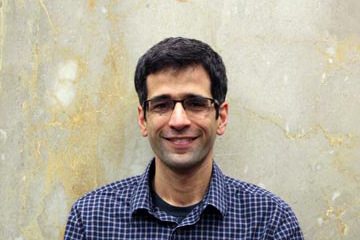
Final Report: Evaluation of the On-Farm Water Management Program
Date Published
Feb 15, 2019
Authors
Ariel BenYishay, Carey Glenn, Seth Goodman, Dan Runfola, Rachel Trichler
Publisher
Citation
BenYishay, A., Glenn, C., Runfola, D., & Goodman, S., Trichler, R. (2018). Final Report: Evaluation of the On-Farm Water Management Program. Williamsburg, VA: AidData at William & Mary.
Abstract
AidData and USAID/Afghanistan’s Office of Agriculture have collaborated to conduct an evaluation of the On Farm Water Management Program (OFWMP), which funded the rehabilitation of irrigation canals in 12 provinces. We conduct a geospatial impact evaluation, which utilizes program data provided by the Mission on the timing and location of canal improvements and remotely-sensed data on greenness to determine the program’s impact on agricultural productivity.
We employ a quasi-experimental panel framework with seasonal, yearly, and cell-level fixed effects to rigorously estimate program impacts due to completion of canal improvements (“treatment”). To do so, we construct a dataset with seasonal outcome measures between January 2006 (seven years prior to the first canal improvements) and December 2016 (five months after completion of the last improvements and two years after completion of the median canal) for 30m square grid cells surrounding the canals. We derive outcome measures from the Landsat program, which uses sensors onboard satellites to determine the Normalized Difference Vegetation Index, a reflectance measures capturing the “greenness” of each grid cell. We compare post-treatment greenness levels in each cell to counterfactual outcomes obtained from that cell’s own preceding greenness levels and trends. The variation in the timing of canal improvements across cells and the inclusion of time and cell-level fixed effects at fine geographic levels address concerns about confounding and omitted variables.
We find a large and statistically significant increase in greenness due to OFWMP. On average, the canal improvements increased greenness by 15%. We also find that cells that are closer to the canal, particularly its starting point, experience larger increases in greenness levels. These findings point to the importance of identifying additional interventions to increase yields for areas that are farthest from the start of a canal. It is worthwhile to both further examine the positive treatment effects and qualitatively understand the larger context of the OFWMP in which these canal improvements occurred.
Funding: This evaluation was funded by a cooperative agreement (AID-OAA-A-12-00096) between USAID's Global Development Lab and AidData at the College of William & Mary under the Higher Education Solutions Network (HESN) Program.







